Hydrangeas are extremely popular flowering shrubs, and for good reasons! Their foliage is just as gorgeous as their famed flowers. Did you know that you can also plant hydrangeas in containers? Potted hydrangeas can fill your patio spaces with beautiful flowering shrubs all summer long.
Hydrangeas are very low maintenance plants, this is true for potted hydrangeas as well as in your garden. There are so many varieties of hydrangeas available that there is truly one for every spot in every garden. The options are endless.
Even the most low maintenance plants need a little bit of help from time to time. If you have potted hydrangeas that have begun to wilt or droop don’t worry. I’ve got you covered. I’ve put together nine common reasons that your hydrangeas could be struggling. I think you will find what you need to solve your problems!
Sun Orientation
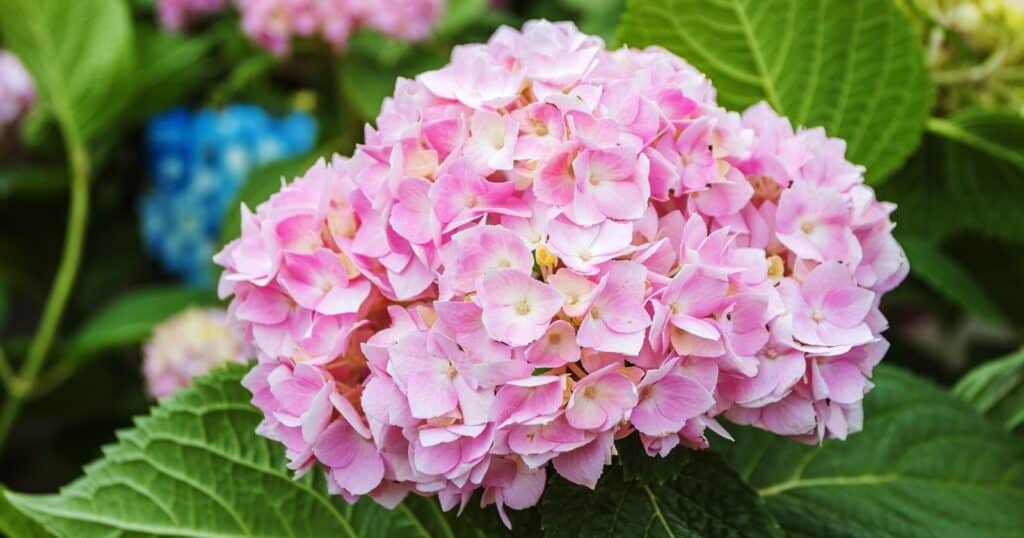
If your hydrangea has begun to wilt or droop consider the amount of sun it may be getting on a daily basis, also what time of the day your hydrangea is getting hit with sun. Most hydrangeas do best with partial morning sun, which is about four hours. The only exception to this rule is panicle hydrangeas which love full sun.
If you have a bigleaf hydrangea or other shade loving hydrangea in the sun, just move your container to a shadier spot and give the plant an extra drink of water. Too much sun can cause the soil to dry out leading to drought stress.
Container is Too Small
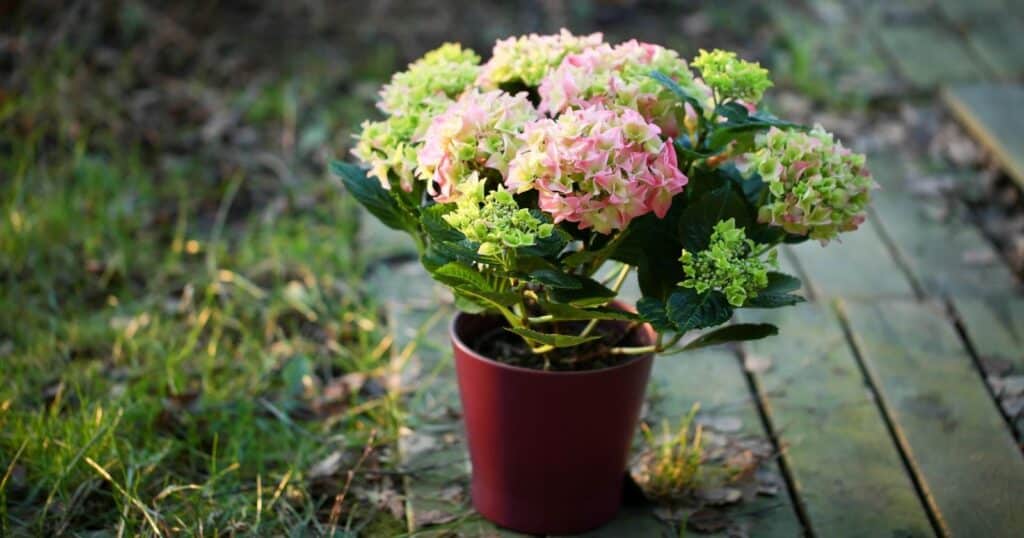
Even the smallest hydrangeas need room to grow. These flowering shrubs have large root systems that will grow quickly. If the container you chose is too small it will run out of room, and there will not be enough water to satisfy the needs of your hydrangeas.
Choose a container that is about two feet wide and deep, this should be good enough for your hydrangea to get started. Containers can be heavy and expensive, but there are options for everyone.
If you want to move your containers around and the weight of a container is an issue, you can situate your container on a plant caddy with wheels and easily move it around as needed.
You will need a fairly large container to grow hydrangeas. If you have many pots and don’t feel like coughing up the cash for another beautiful ceramic pot, try a resin container. They are lighter and you can find some attractive ones at your hardware store.
Flowers Are Too Heavy
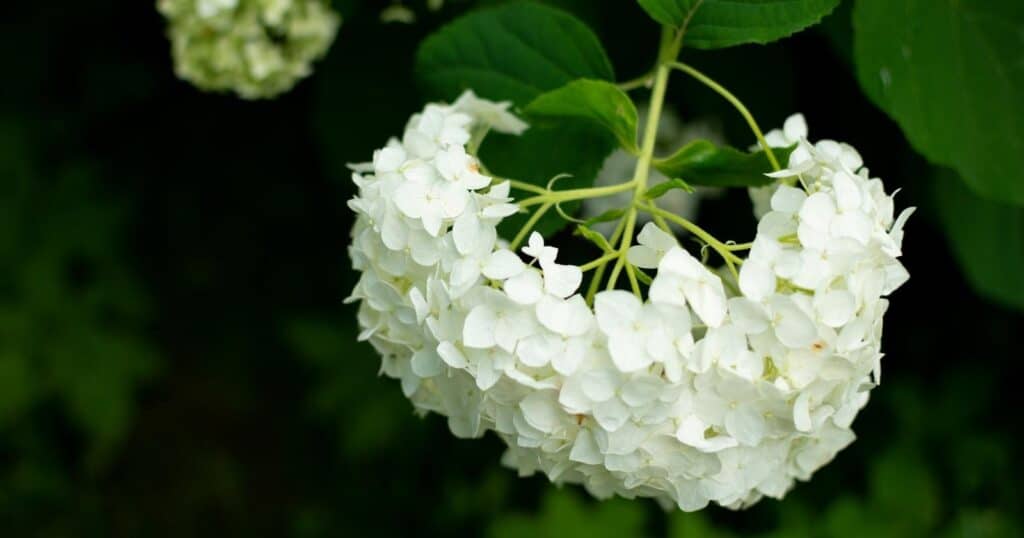
Smooth hydrangeas, or Hydrangea arborescens, are known for their huge flowers and also for their weak stems. While these hydrangeas are in full bloom it is very common for the branches to droop or weep quite a bit under the weight of the flowers.
Unfortunately there isn’t much that can be done about that. If the rest of the plant is in good shape you may opt to use a plant ring to hold the stems and flowers up. Plant rings are available at garden centers or hardware stores, and are really easy to install. You simply push the stakes into the soil and allow the ring to hold up your plants. You could also use individual stakes and twine, but I prefer the ease of the plant rings.
Too Much Fertilizer
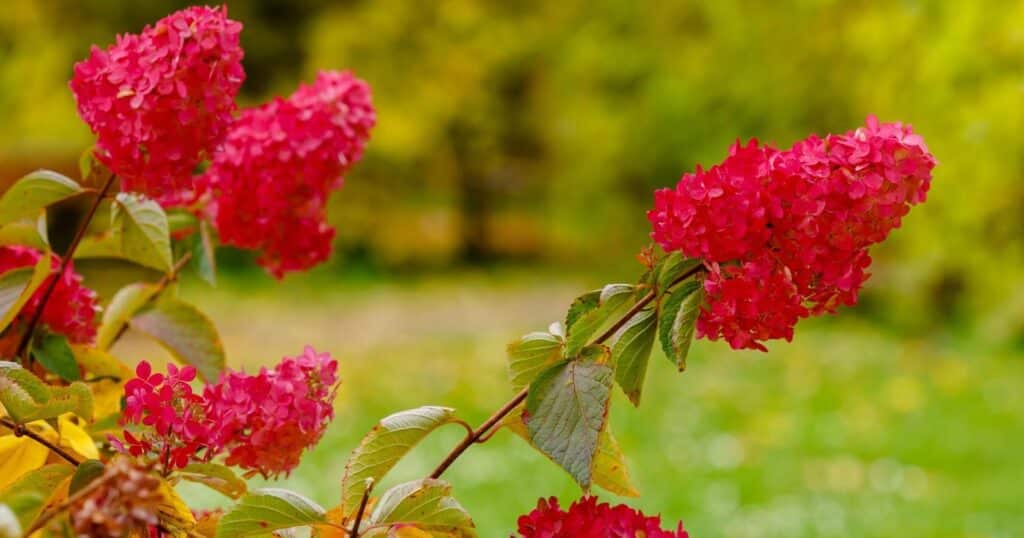
If you have over fertilized your hydrangea the growth your plant has produced may become leggy and weak. When hydrangea branches are leggy they may not be able to hold up their flowers, resulting in a weeping or drooping effect.
For hydrangeas growing in containers an application of all purpose flowering shrub fertilizer in the spring will be enough! Another great way to give your hydrangeas some nutrients is through compost. This can be added to your pot while you are planting it, or even to the top as you would add mulch.
Inadequate Water
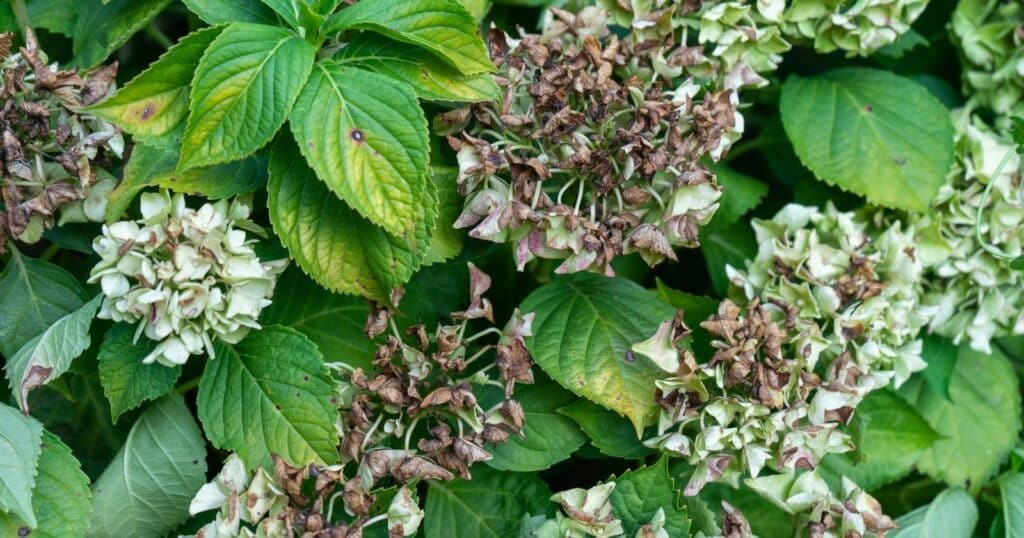
When the heat of midsummer arrives, you will probably need to water your containers more frequently than you are used to doing. Because of the small amount of soil in containers, compared to your garden, they tend to dry out much quicker.
Keep your eyes on the leaves of the hydrangea. If they begin to droop or look crispy they are probably telling you that they are thirsty. Another way to check on this is by feeling the soil, at least the top one inch of soil should be moist- but not soggy.
Hydrangeas in gardens need about one inch of water per week, the same goes for potted hydrangeas although they will probably need an extra watering or two during heatwaves.
Poor Drainage
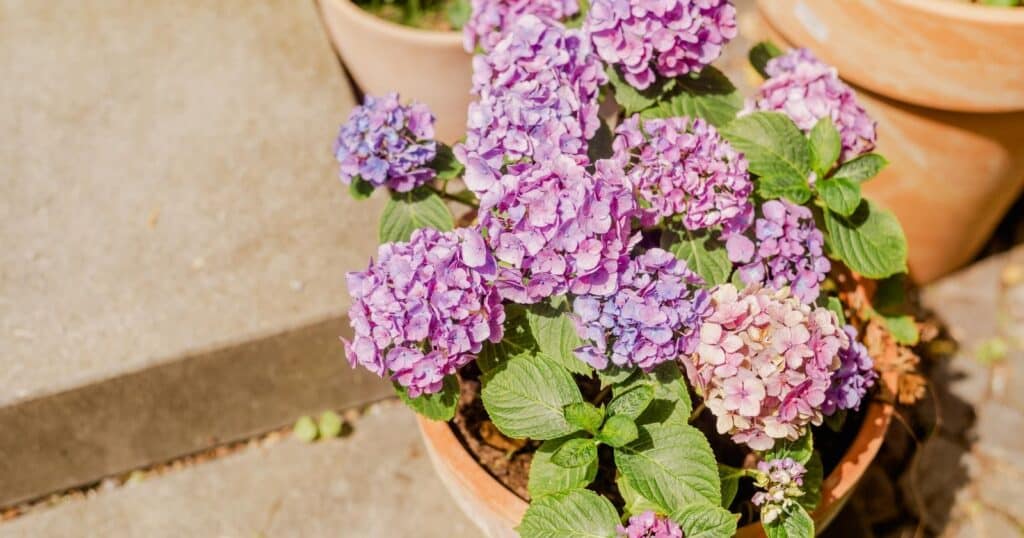
Before you plant your hydrangea in your container make sure there is at least one draining hole on the bottom of the container. This drainage hole will allow all of the excess water to drain out easily.
In the event of heavy rains, or being over watered by irrigation the water in a container will accumulate. If there is no drainage hole this water will have nowhere to go and your hydrangea will begin to swim. This is a problem because hydrangeas are susceptible to root rot which will be escalated by the sitting water.
Poor Soil
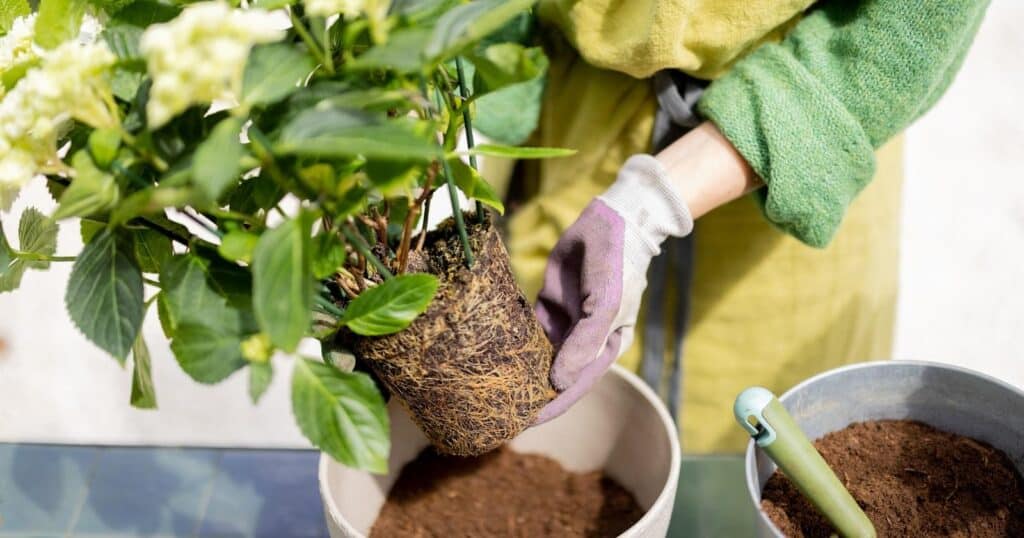
When potting your hydrangea it may be very tempting to use some garden soil to fill up the large pot that is needed to grow a healthy potted hydrangea. I get it, potting soil can get expensive. Especially when you have so much dirt just in your yard!
Garden soil is wonderful when it is in your garden. However, when you use too much garden soil in your containers it could dry out quickly or on the flip side it could become too heavy and hold on to too much muddy water. Both could be causing your hydrangeas to wilt.
Use potting soil, or at least incorporate potting soil into your garden soil. Not only do many potting soils come premixed with a basic fertilizer but they also will have some form of moisture control agents which will help keep the right amount of moisture around the roots of your plant.
Competing Companion Plants
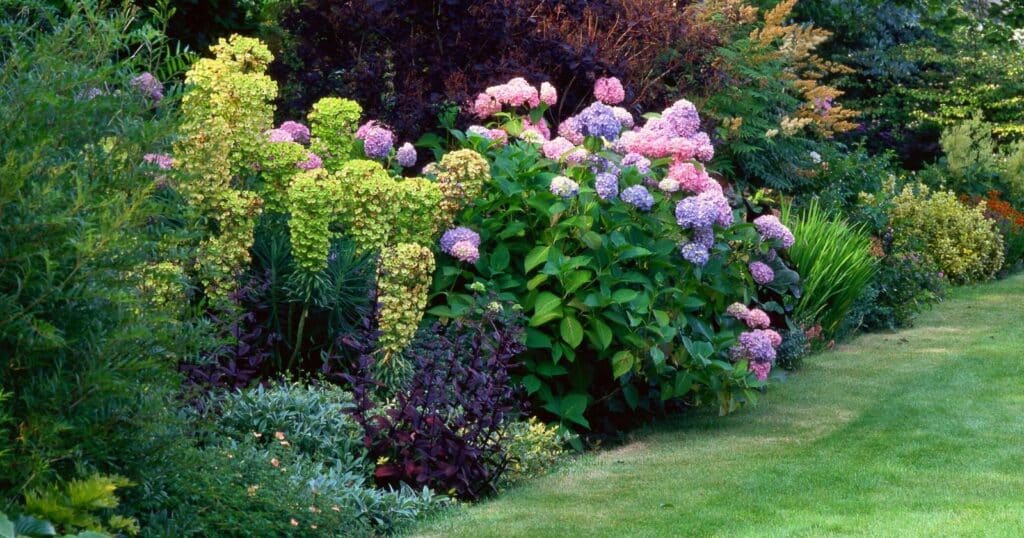
If you have planted your hydrangeas in a container with other plants all of the plants in the container could be in competition with each other.
Hydrangeas live happily with other plants. The main things you will need to look out for are that the container is large enough to host all of these beautiful plants, and also that the plants you are pairing up have the same light requirements.
Competition between plants can cause all plants to suffer as they fight for water and nutrients, and this is even more intense in a container. This can especially affect your hydrangeas and cause them to wilt and become crispy. In extreme cases this could affect the size and amount of your flowers as well!
Be sure to choose a large enough pot for the amount of plants you wish to plant together, and don’t forget to water!
Wrap Up
Potted hydrangeas should be a source of joy and a low maintenance option for your gardens. If your hydrangea is drooping don’t worry, with a little love and a few small switches to your care your hydrangea will bounce back in no time!

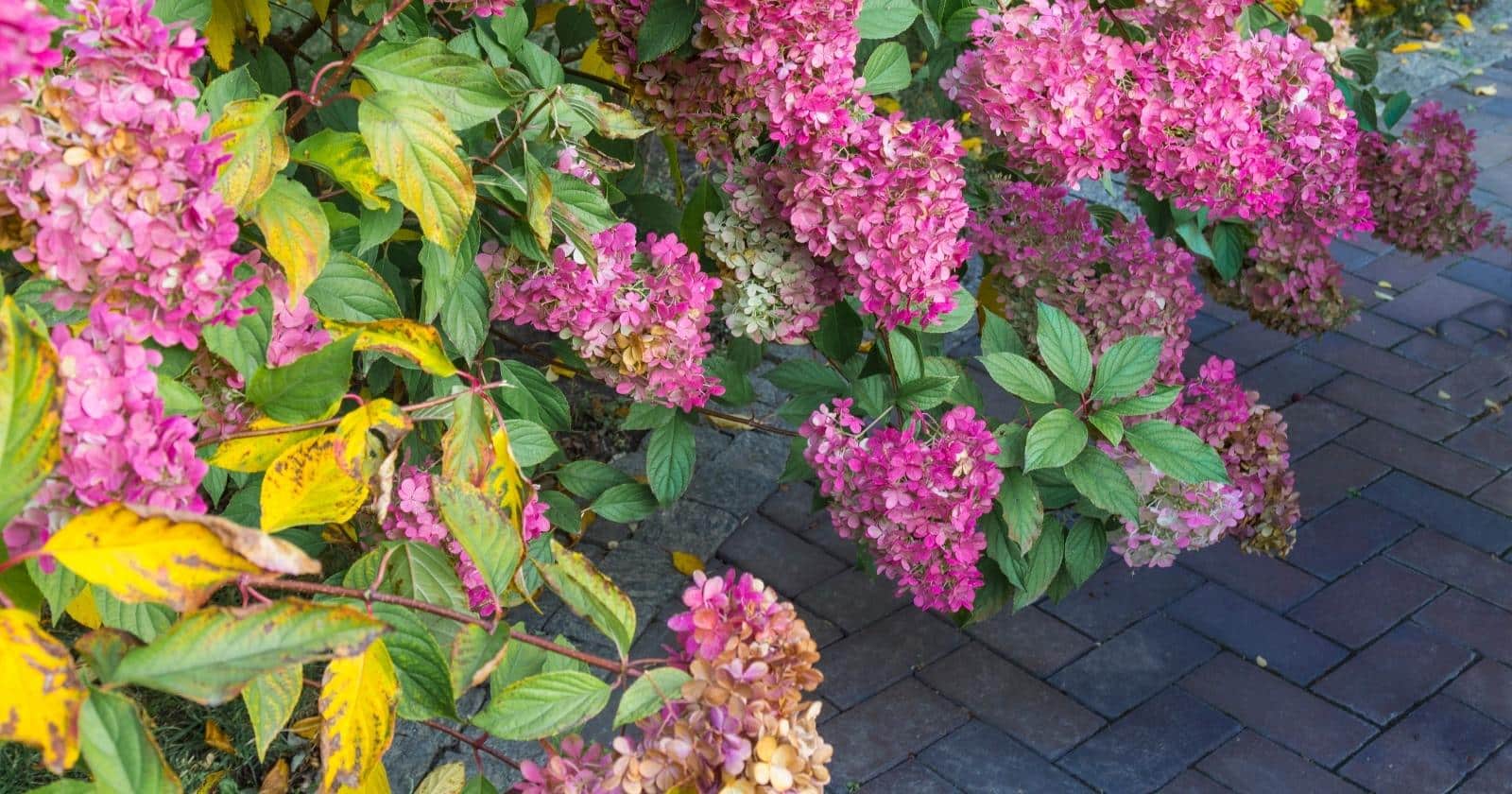
Leave a comment